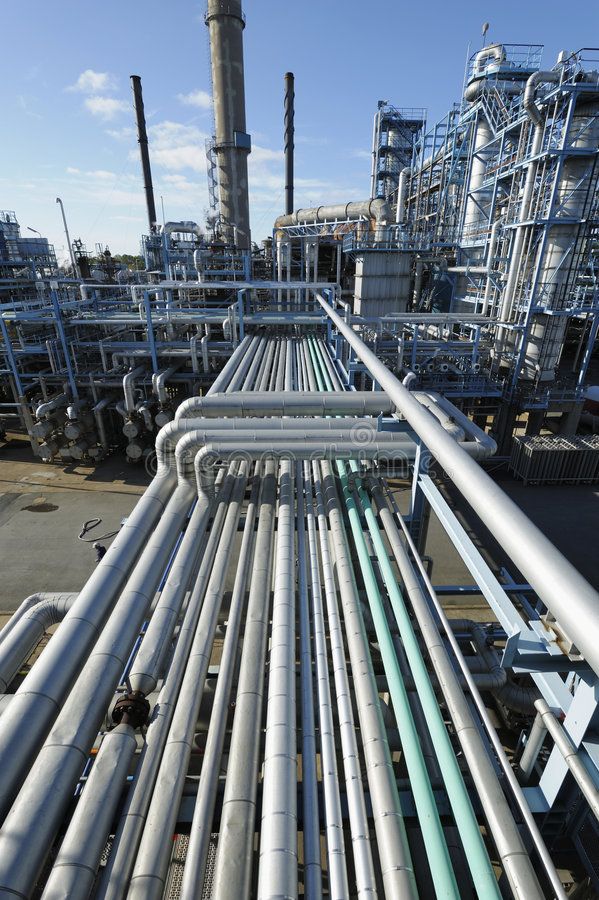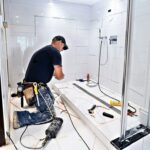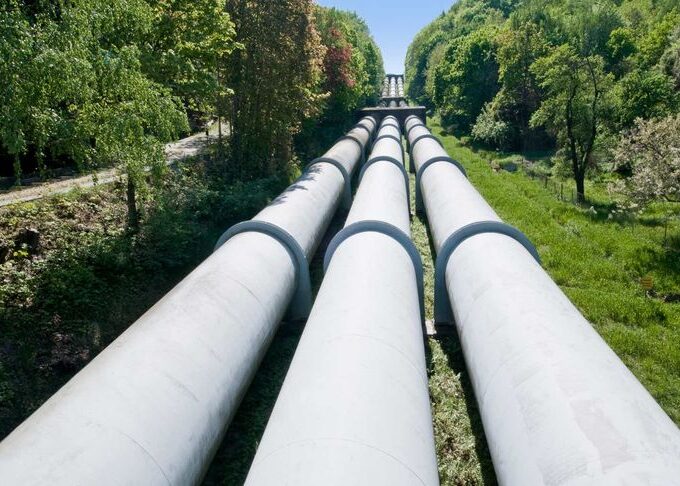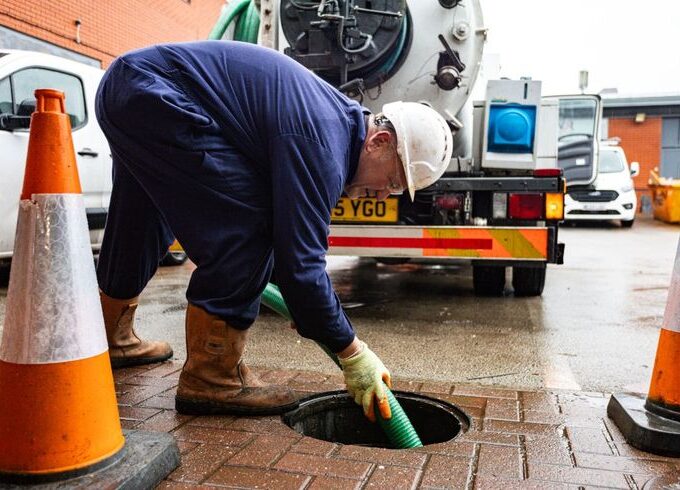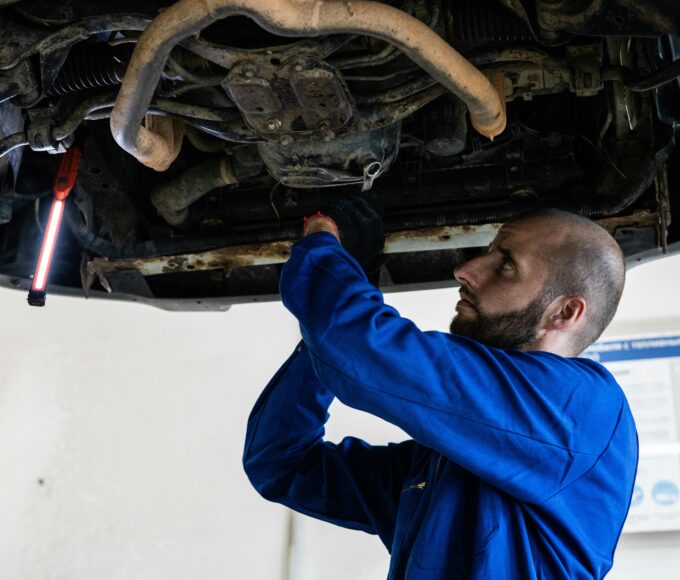Pipelines are the unnoticed and underestimated workers of the current world structure; engineering marvels that invisibly shuttle goods and services that hold the world’s existence. Everything from water supply pipelines right down to the oil and gas routes, these channels are instrumental in creating links to what we require. However, like all other important systems in the world, pipelines need to be well maintained so that they can work effectively and safely. Well as we were to move deeper into the sunstate pipelines, maintenance became the keyword to be dug up. Maintenance does not only increase the working life of these systems but also avoid costly downtime, and potential pollution. Let’s look at the various Pipeline maintenance regimes that ensure these all important conduits remain functional.
Importance of Maintenance for Pipelines
Most of the economies would agree that pipelines are extremely valuable in the transportation of natural products. Yet, when neglected they are vulnerable to leakage and failure.
Maintenance mostly helps prevent pipeline mechanisms from deteriorating hence enabling efficient operations. This not only preserves the environment but also enshrines the health of the people of the kingdom of Thailand. The leakage of a pipeline is one of the biggest problems that result in costly losses and severe risks to human life.
Pipeline maintenance prolongs the time that they will be serviceable. This is to prevent disruption in services that, in most cases, has a significant effect on the economy.
Also, with these regular examinations, some problems can be found early before turning out to be main crises. Fixing these early lowers the repair bills and lessens the duration of out of order products.
Apart from costs, maintenance ensures reliable supply of power where it is needed to support prompt economic development within the energy industry. Reliability is a crucial element to ensure that delivery of products such as oil and gas happens safely to the end users.
Types of Pipeline Maintenance
Indeed, it can be said that pipelines are critical in moving different types of substance including water and oil. That is why the maintenance of the chimneys is considered very vital to making them last long and function effectively. There are three primary types of pipeline maintenance: intervention may be classified as routine, preventative, and corrective.
Preventive maintenance comprises simple check-ups on the equipment and some simple repairs. Catching small glitches with problems before the latter snowballs into huge issues assists. This type involving the system helps to make sure that the daily operations of the system are well enhanced.
Preventative maintenance looks at a more proactive work schedule due to the results of usage patterns and past experiences. This may include such things as change of some worn out parts of the machinery, or upgrade of the technology in use.
Corrective maintenance rises into action when lapses in the system occur. It is corrective; technicians problem-solve to get systems up and running as soon as possible. Early treatment thus while may be expensive and inconvenient, does not have very serious effects on operations.
Residential, Yankeem and interior maintenance is a crucial part of sunstate pipelines and the safety and reliability of pipelines in multiple industries.
Routine Maintenance
Preventative maintenance is the pillar on which pipeline dependability and consistency eliminate most of the risks involved in pipeline transportation. It means periodic examination to keep an eye on all the systems used to devise a way of making sure everything runs as planned and not encounter any hitches in between.
If it is scheduled then weakness and threats can be easily identified beforehand. This can consist of leakage, corrosion and any other loss that may worsen and cause important problems in the future.
As a part of practically all sorts of checks that are conducted, technicians are also involved in cleaning activities. This means that there are no blockages hence forward and smooth flow of material through the pipelines.
Documentation is essential in this regard; it records all activities that are done in these inspections. This record also helps in planning for the future and also ensures that teams working on sunstate pipelines work harder in carrying out responsibilities.
Drones or sensors can be used in this process to make it faster and as well perform a better job without much human interference. Use of the advanced techniques therefore results in improved long term pipeline integrity.
Preventative Maintenance
In the case of pipelines, it is imperative to undergo maintenance to avoid cases of damage to the infrastructure in future. It concentrates on the recognition of emergent problems that may cause a lot of misunderstandings in an organization.
One key component of this strategy is a frequent inspection. Specialists use sophisticated equipment to identify the breaches, corrosion or other forms of structural failure at an initial stage. It is important because it acts as a proactive approach that helps to minimize time and costs in the future.
Others are the routine cleaning which also comes under the category of preventative maintenance. Cleaning reduces the accumulation of dirt in the pipes through which fluids are supposed to pass freely. A pipeline free from unfavorable complexities is efficient.
Moreover, staff training is required to be frequent as well as include elements such as time and project management. Ministerial personnel can identify a potential danger sign more easily than the layman and also take an intelligent decision, which increases safety in general.
The practices help create reliability to systems such as Sunstate Pipelines, to achieve high performance and minimal interruption to service delivery.
Corrective Maintenance
Corrective maintenance deals with a problem that is identified randomly. It is an effective method of maintaining the efficiencies of the piped systems, in that, any problems or failures are detected early and appropriate remedies made to reduce the impact of the same.
Whenever a problem is identified, for example, leakage, corrosion or structural failure, the remedy needs to be correct and fast. This type of maintenance, for example, includes repair or replacement of some part of the structure, which has been destroyed. It is always a reactive approach; but if organisations come up with strategies for quick responses, then the effects are well checked.
Forecasting when such corrective actions may be required can be done by continuing with pipeline condition assessments which will reveal their state when such actions may be required. Sunstate Pipelines stress Management Control, particularly monitoring tools that may identify the anomalies at their early stages, before they become serious issues.
Combining corrective maintenance with other approaches like routine and preventive maintenance affirms operations of pipelines besides protecting the community and environment. A proactive approach also leads to lower overall costs in view of reliability, something beneficial for services offered to communities.


